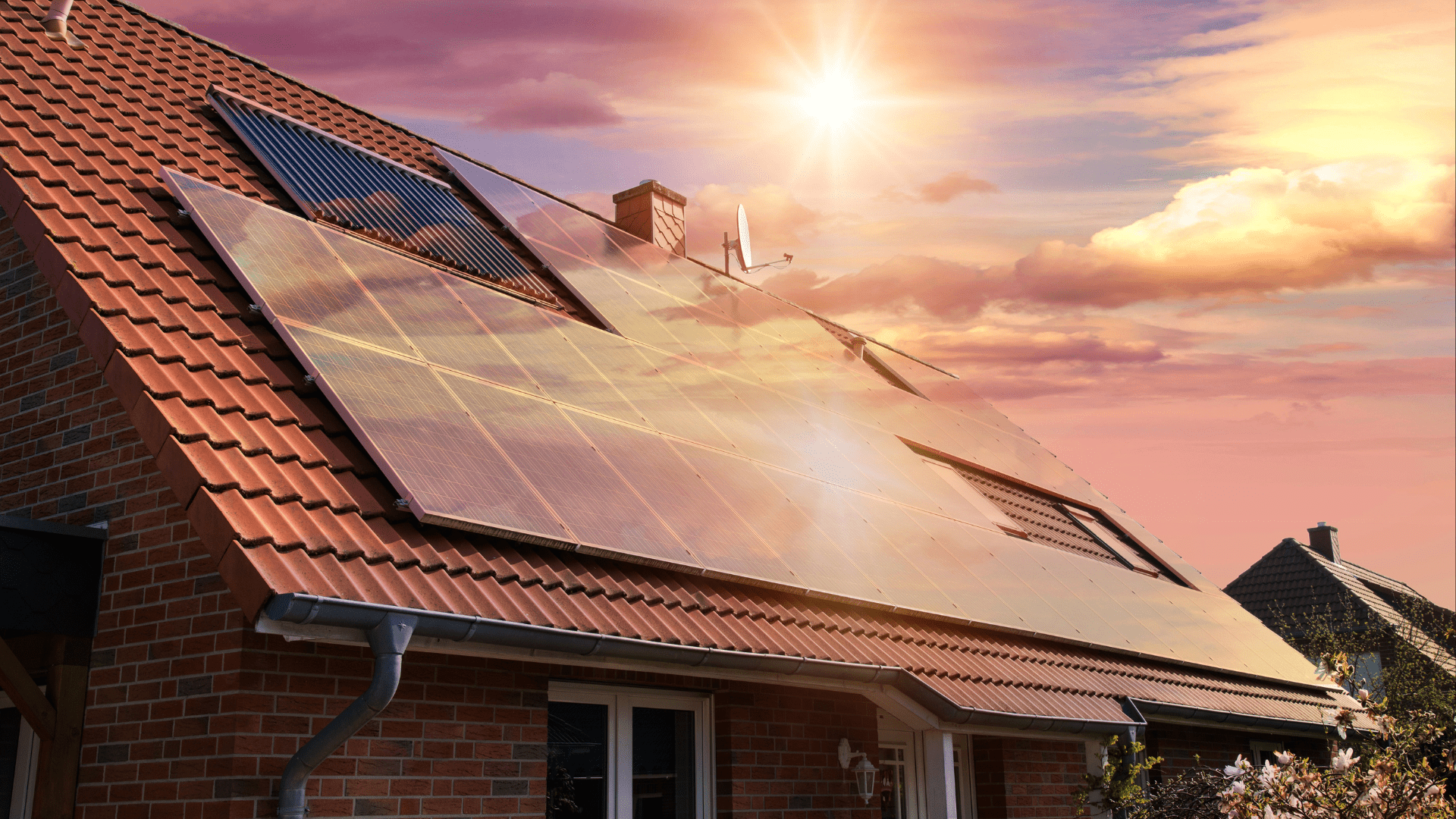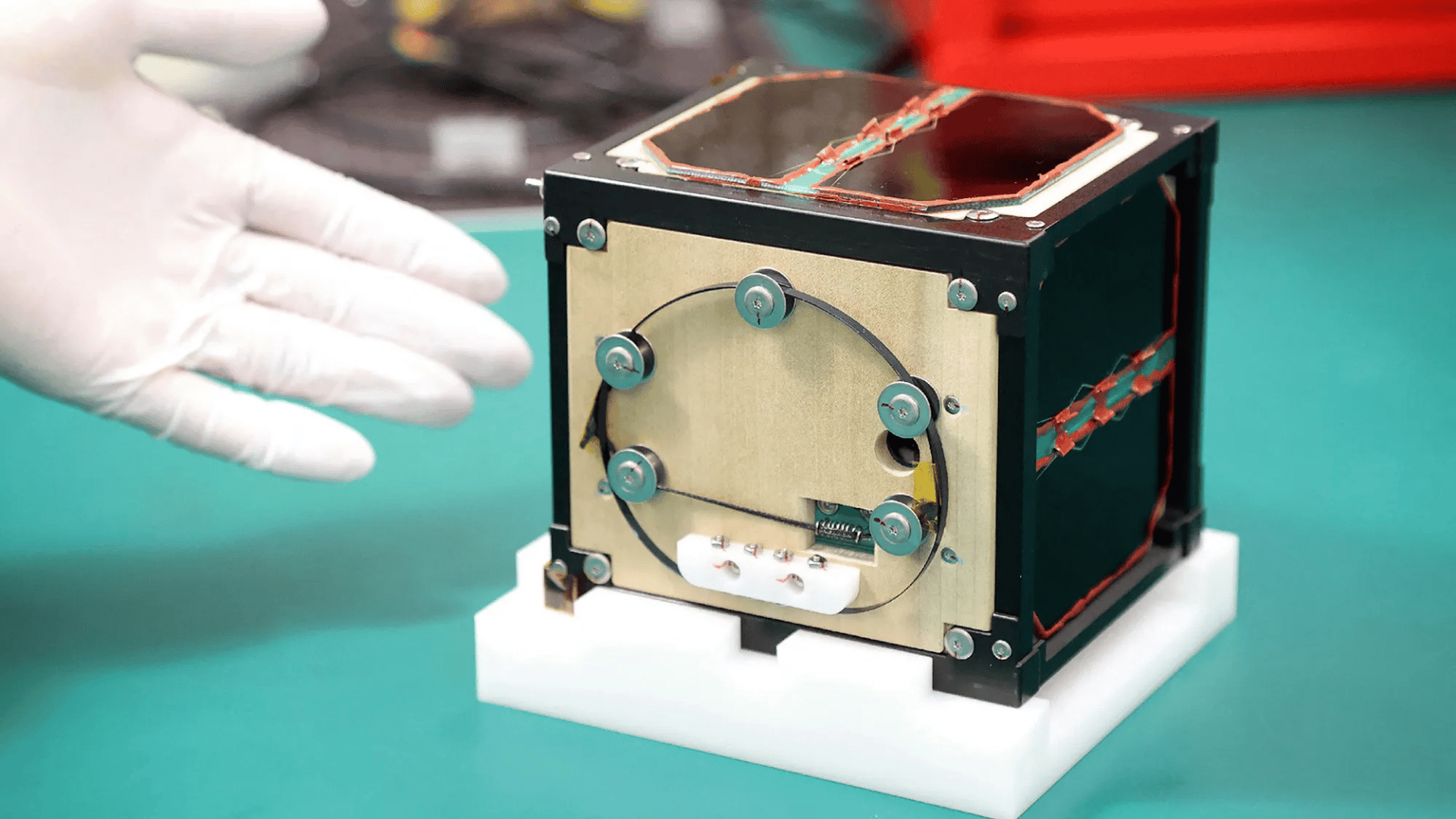By Tamara Krinsky
One of my favorite things about shooting Tomorrow’s World Today is the opportunity to learn about new things. In the case of our episode “Hydrogen-Powered”, this meant learning about cars! Full disclosure: I am not exactly what you’d call “auto-literate.” When choosing a car, I tend to have a short list of requirements: something that’s small, fuel-efficient and has a good back-up cam – all priorities when you are both 4’11” and concerned about sustainability! However, when I found out that I was going to be exploring hydrogen fuel cell technology and test-driving the Toyota Mirai, I knew that to do my job well as a science communicator, I’d have to get a better grounding in current auto fueling technologies.
As I put together a primer for myself before filming, I realized that I’m probably not the only one out there who could use a basic breakdown of the choices beyond traditional gas-fueled cars. These typically use a spark-ignited internal combustion engine and still make up the majority of vehicles driven by American consumers. So for all of my fellow alternative auto-fuel neophytes, I hope this li’l primer helps you the next time you have a decision to make about a car purchase or lease.

Hybrid
Hybrid electric vehicles have both internal combustion engines and electric motors. The latter use energy stored in a battery pack that is located either in the vehicle’s trunk or in the floor. You don’t plug in a hybrid car to charge the battery, and because of this, they aren’t considered electric vehicles. Instead, the battery pack is recharged through regenerative braking as you drive.
In a hybrid vehicle, the gasoline engine is still the car’s primary source of power. However, hybrid vehicles have great fuel economy because the vehicle senses when it only needs the electric motor to operate (usually when traveling at speed of less than 15 mph or when it is sitting idle). During these times, the engine shuts off and no gasoline is used. When the internal combustion engine (aka the one that uses gasoline) is needed again, it will start automatically.
Plug-In Electric Vehicle
Nowadays, no parking garage is complete without a charging station or two for electric vehicles. An electric car uses one or more electric motors and runs solely on a battery. I was surprised to find out that electric vehicles have actually been around since the 1800s! In 1891, William Morrison developed the first American electric car–and buckle up because this bad boy reached a top speed of 14 mph. In the 21st century, they’ve become more popular because of our interest in renewable energy and fighting climate change, as well as advancements in technology and varieties in models that have made EV’s more available and useful to the general public.
A typical plug-in electric vehicle takes around eight hours to charge and can run between 250-300 miles on a full charge.
Fuel Cell Vehicles
Fuel cell vehicles are another type of electric vehicle. In a fuel cell, hydrogen and oxygen are combined to generate electricity, heat, and water. In the case of a hydrogen fuel cell vehicle, this electricity runs the motor, and the heat and water are released through the tailpipe. This means no dirty emissions – just warm air and water vapor.
Unlike plug-in electric vehicles, hydrogen fuel cell vehicles refueling processes are more similar to conventional cars and trucks – you just go to a hydrogen station and fuel up! Currently, these stations are only found in California. If you are lucky enough to have a station near you, you can generally fuel up in under four minutes and drive over 300 miles.
Armed with my newfound knowledge, I channeled my inner Danica Patrick and headed with enthusiasm into my Mirai experience! I got to spend several days driving the Southern California coast checking out everything from comfort and acceleration to getting a better understanding of what lies beneath the hood. I thought that an electric vehicle would mean sacrificing power, but I was pleasantly surprised by the way it handled and just how much fun it was to drive.
You can check out my experience on TOMORROW’S WORLD TODAY this weekend!







